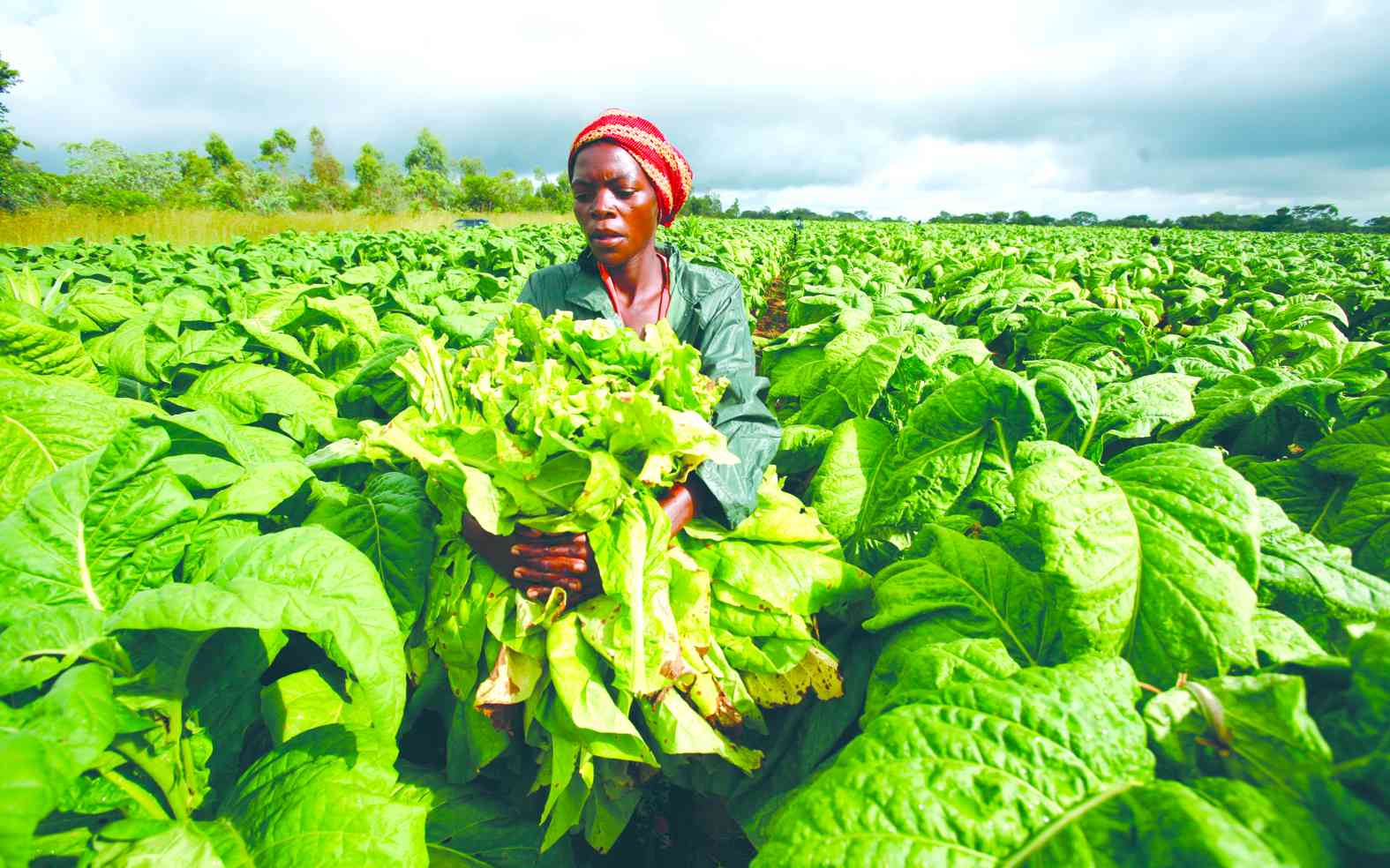ZIMBABWE is on course to meeting the United Nations’ 90-90-90 ambitious target to help end the HIV and Aids pandemic by 90% in 2020, a Zimbabwe Population Based HIV Impact Assessment (Zimpha) survey says.
BY NQOBANI NDLOVU
The Zimpha household national survey conducted between October 2015 and August 2016 — the first such survey in the country to measure national HIV incidence and viral load suppression (VLS) — reveals that great strides have been made in line with the UN 90-90-90 target.
Results of the survey provide information on national and sub-national progress toward control of the HIV epidemic
“Progress towards the 90-90-90 goals in Zimbabwe demonstrates that the national HIV programme has made great strides in responding to its HIV epidemic. The goal of ending the HIV epidemic in Zimbabwe by 2013 is within reach, provided there is continued expansion of HIV treatment programmes and targeted HIV testing, especially for men and young women,” the report reads in part.
The UNAids 90-90-90 target calls on countries to ensure by 2020, 90% of all people living with HIV will know their HIV status, 90% of all people with diagnosed HIV infection receive sustained antiretroviral therapy and 90% of all people receiving antiretroviral therapy will have viral suppression.
Keep Reading
- Chamisa under fire over US$120K donation
- Mavhunga puts DeMbare into Chibuku quarterfinals
- Pension funds bet on Cabora Bassa oilfields
- Councils defy govt fire tender directive
Zimpha, however, notes a lot still needs to be done to bring down the HIV prevalence and VLS rates.
“HIV prevalence peaks at nearly 30% for both females (20,8%) and males (28,7%), but occurs at a slightly older age among males (45-49 years) as compared to females (40-44 years). The disparity in HIV by sex is most pronounced among young adults. HIV prevalence among 20-24 year olds is three times higher among females (8,5%) than males (2,7%).
“Prevalence of VLS among HIV positive people in Zimbabwe is highest among adults: 78,7% among HIV positive females ages 45-54 years and 71,1% among HIV positive males age 55 years and older. In contrast, prevalence of VLS is distinctly lower among young adults: 48,6% among HV positive females and 40,2% among HIV positive males ages 15-24 years,” the report shows.





